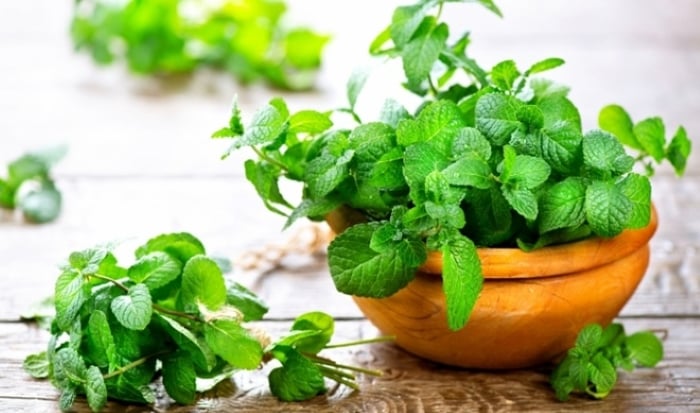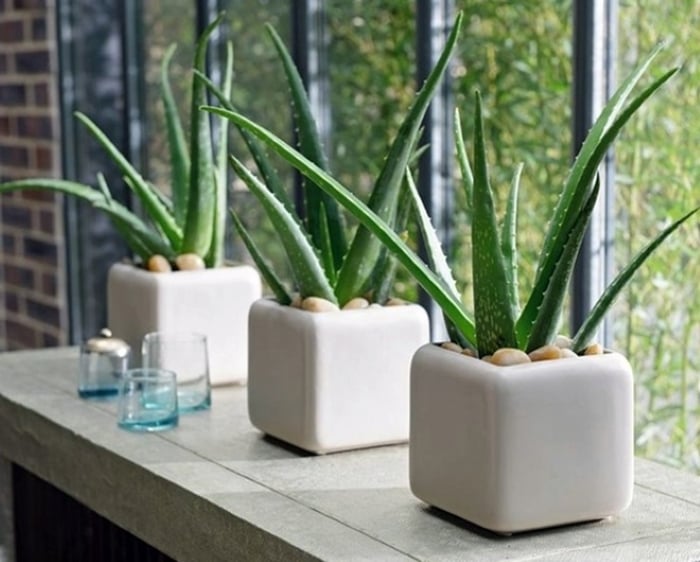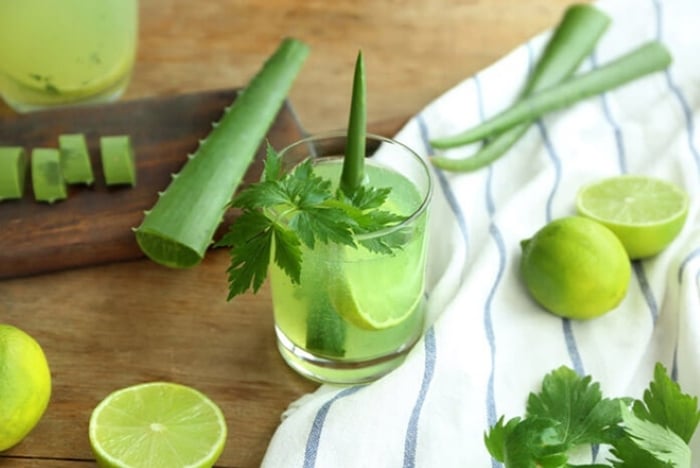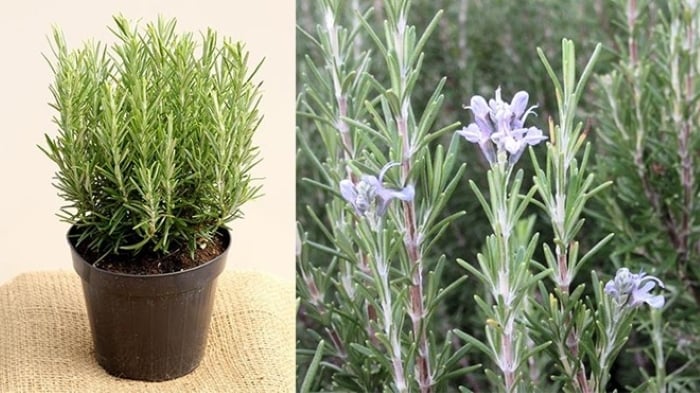1. Peppermint Plant
This versatile plant not only adds a decorative touch to your space but also offers a delightful aroma and culinary uses. Be cautious, as its roots can quickly spread and take over, making it challenging to remove if it becomes waterlogged.

Easy-to-Grow Peppermint
To thrive, peppermint prefers an outdoor setting, such as a balcony or patio, with ample access to fresh air and sunlight. Its leaves remain green year-round and can be enjoyed fresh in salads, cooked in desserts, or infused in fruit drinks for a refreshing kick.
From chewing gum to candies and throat lozenges, peppermint is a familiar flavor. It’s also a natural remedy, known for its ability to dispel wind and clear heat from the body. Freshly plucked leaves can be used to make a soothing infusion or to naturally deodorize your space.

Refreshing Peppermint Tea
For instance, when stewing fish, adding a handful of peppermint leaves can effectively neutralize any unpleasant odors, and it works wonders for enhancing the freshness of fried meats as well.
Caring for peppermint is straightforward: provide ample sunlight, mix in some compost once or twice a month, water when the surface of the potting mix dries out, and regularly trim it to encourage vigorous growth. It’s a fast-growing plant that will quickly fill out its container.
2. Aloe Vera
Aloe vera is a succulent plant with slender, fleshy, moisture-rich leaves. There are many varieties, and they are all easy to care for, whether you choose to grow them indoors or outdoors.

Aloe Vera Plant
Aloe vera is low-maintenance and thrives with minimal intervention. Place it in a sunny spot and water sparingly—once or twice a month is usually enough to keep it happy.

Aloe Vera Beverage
For optimal growth, feed your aloe vera plant with a balanced fertilizer once a month.
3. Rosemary
Rosemary is a versatile herb that is especially popular in European and American cuisine, often paired with steak and other savory dishes.
This shrub-like plant has delicate leaves and thrives in warm, humid climates. Native to the Mediterranean and parts of Europe, rosemary is a source of powerful antioxidants and essential oils.

Rosemary Plant
Rosemary makes an excellent ornamental and culinary herb, and it adapts well to various environments. You can grow it outdoors on your patio or balcony.
Note that rosemary does not tolerate waterlogging, so ensure you use well-draining, airy soil—a mix of sandy soil and leaf mold is ideal. When watering, check the moisture level of the soil first, and only water when the top 3 cm of the soil is dry. After watering, place the plant in a breezy spot, such as a windowsill or balcony, where it can enjoy sunlight and a gentle breeze.

Rosemary: A Classic Steak Companion
Once or twice a month, feed your rosemary plant with organic fertilizer, such as well-rotted manure, by burying it directly around the edge of the pot.
Having a rosemary plant at home means you can easily add a sprig or two to your steak as it sizzles in the pan, infusing it with incredible flavor. You can also brew a delightful, invigorating tea by steeping its leaves.
4. Rose
Many of us love the idea of growing roses at home, and while there are numerous varieties, not all are suitable for culinary use.

Edible Roses: A Culinary Delight
However, certain types of roses are edible and can be used in a variety of dishes, from salads to dried tea blends. Roses can also be incorporated into cakes, fruit salads, porridge, and desserts.
Consuming roses has the added benefit of promoting blood circulation and removing blood stasis. It also has a soothing effect on the emotions, making it an ideal herbal tea.

Rose Porridge: A Delicious Treat
For indoor roses, choose a well-ventilated, sunny spot like a balcony. Water thoroughly when the soil is about halfway dry, and fertilize regularly for healthy growth. Roses are repeat bloomers, so with proper care and adequate phosphorus, you’ll be rewarded with beautiful blooms for an extended period.































